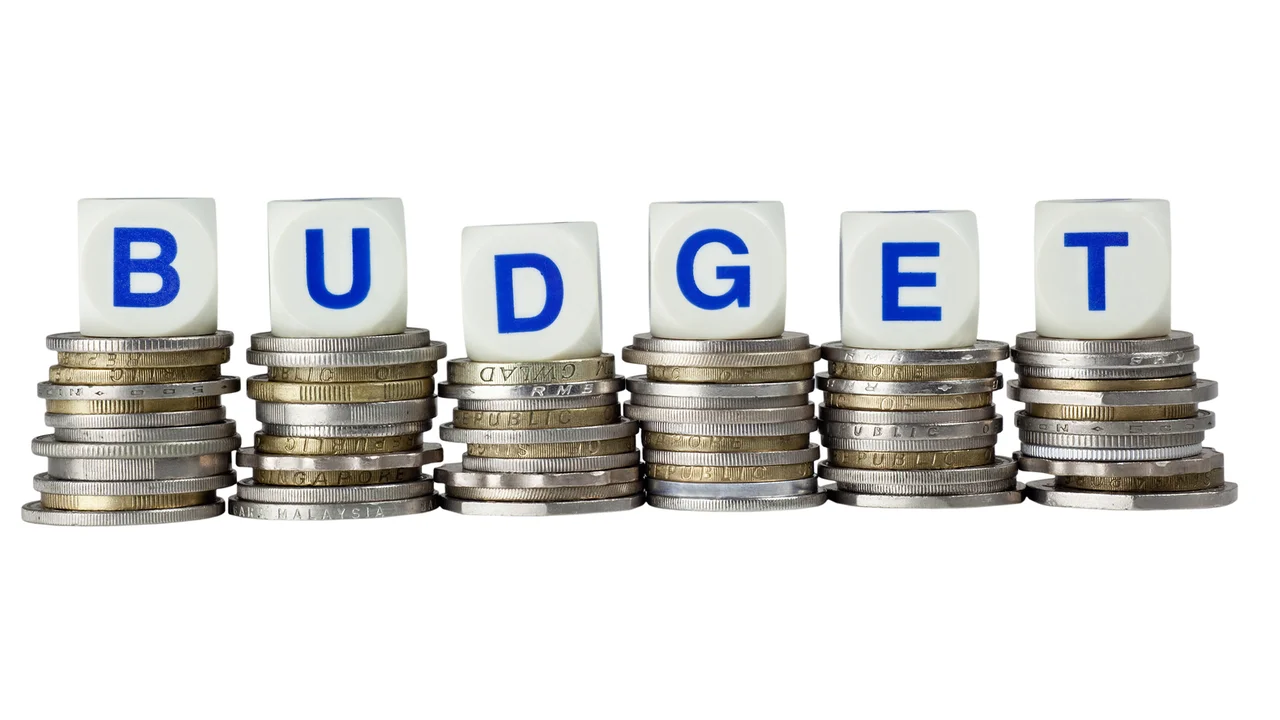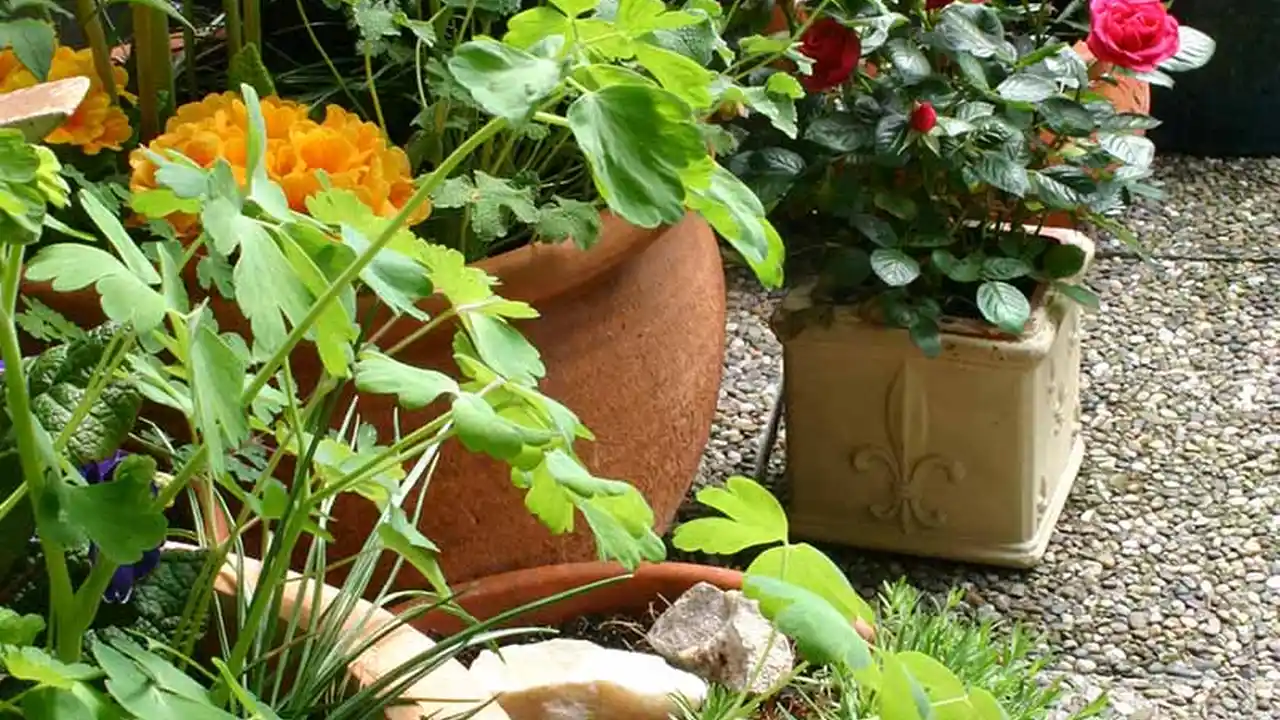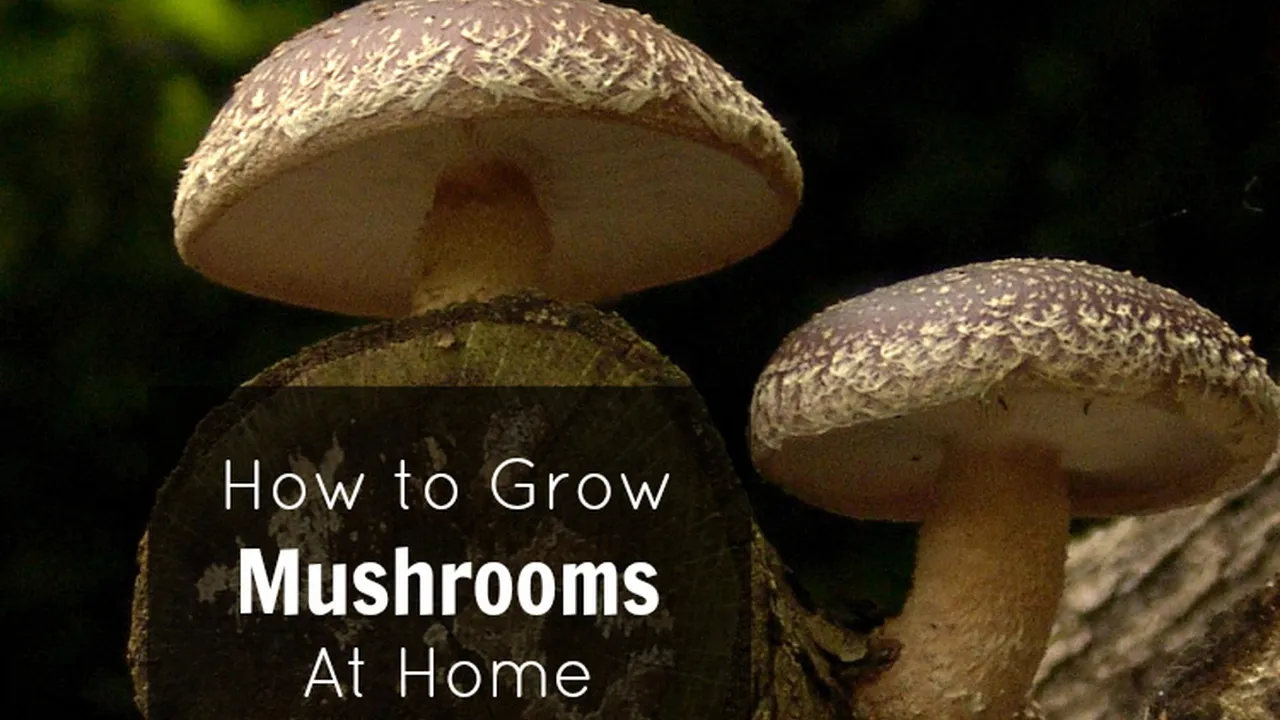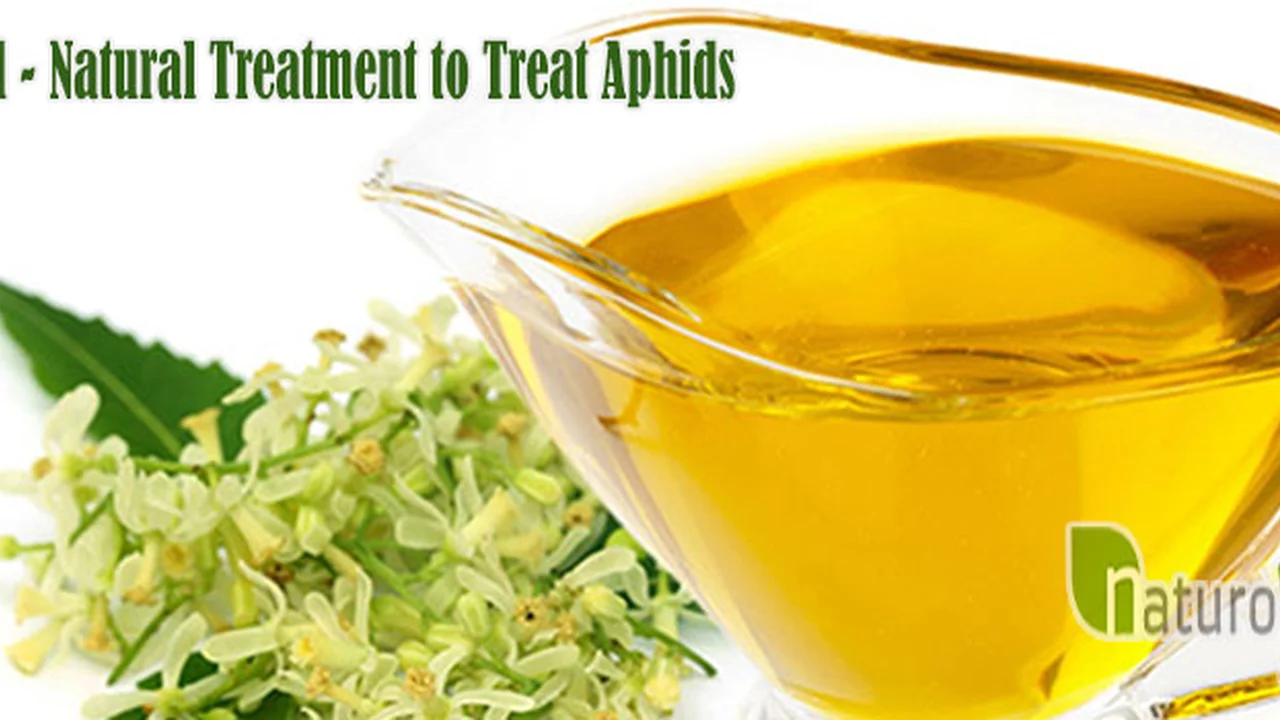Growing Fruit Trees in Containers 5 Best Options
Cultivate fruit trees in containers with these 5 best options. Enjoy fresh fruit even in small spaces.
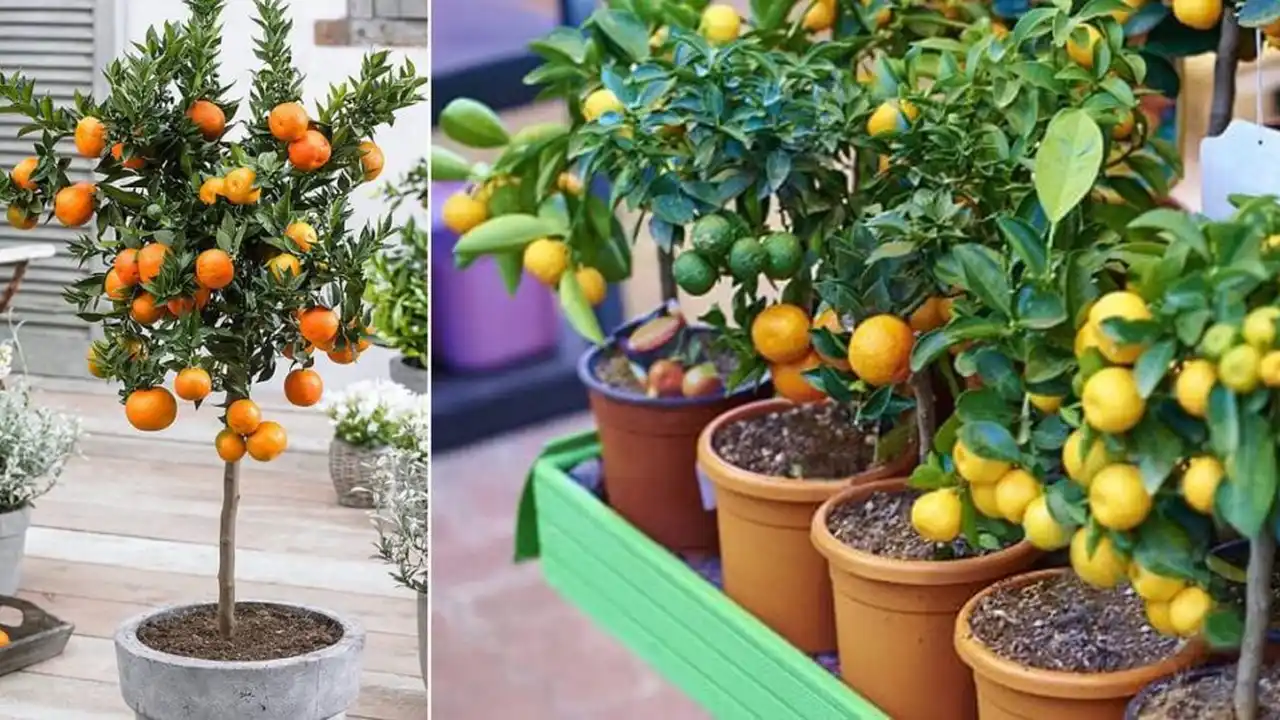
Cultivate fruit trees in containers with these 5 best options. Enjoy fresh fruit even in small spaces.
Growing Fruit Trees in Containers 5 Best Options
Why Container Fruit Trees Are a Game Changer for Small Spaces
Gardening in small spaces, whether it's a cozy balcony, a compact patio, or even just a sunny corner indoors, often feels limiting. But what if I told you that you could still enjoy the bounty of fresh, homegrown fruit, even without a sprawling orchard? That's where container fruit trees come into play. They're not just a compromise; they're a fantastic solution for urban dwellers, renters, or anyone looking to maximize their gardening potential in limited areas. The beauty of container gardening is its flexibility. You can move your trees to catch the best sun, protect them from harsh weather, or even bring them indoors during winter. Plus, they add a beautiful, edible element to your outdoor living spaces.Choosing the Right Fruit Tree Varieties for Container Growing
Not all fruit trees are created equal when it comes to container life. The key is to look for dwarf or semi-dwarf varieties, or those specifically bred for container growing. These varieties naturally stay smaller, making them much more manageable in pots. You'll also want to consider the chill hours required for the tree to produce fruit, especially if you live in a warmer climate. And, of course, think about what kind of fruit you actually want to eat! Here are 5 fantastic options that generally do very well in containers.1. Citrus Trees Lemons Limes and Oranges for Your Patio
Citrus trees are perhaps the most popular choice for container growing, and for good reason. They're evergreen, meaning they keep their beautiful green leaves year-round, and many varieties produce fragrant blossoms and delicious fruit. They thrive in warm climates but can be brought indoors during colder months, making them versatile for many regions. Dwarf varieties of lemons (like 'Meyer' lemon), limes (like 'Key Lime'), and oranges (like 'Calamondin' or 'Navel') are excellent choices.Recommended Products for Citrus Trees:
- 'Meyer' Lemon Tree (Dwarf): This is a classic for a reason. It's more cold-hardy than other lemons and produces abundant, less acidic fruit.
- 'Calamondin' Orange Tree: A small, ornamental citrus that produces tart, kumquat-like fruit. Great for cooking and drinks.
- Potting Mix: Look for a well-draining citrus-specific potting mix or a general potting mix amended with perlite or sand.
- Fertilizer: Citrus trees are heavy feeders. A slow-release citrus fertilizer (e.g., Espoma Citrus-tone Organic Citrus Food, around $15-$20 for a 4lb bag) applied every 2-3 months during the growing season is ideal.
- Container: A large, sturdy pot (at least 15-20 gallons or 18-24 inches in diameter) with good drainage is crucial. Terracotta pots are popular for their breathability, but plastic or glazed ceramic also work. (e.g., Gardener's Supply Company Self-Watering Patio Planter, around $50-$70 for a 20-gallon size).
2. Fig Trees Easy Care and Abundant Harvests
Fig trees are surprisingly adaptable to container life and can be incredibly productive. They're relatively low-maintenance and can tolerate a bit of neglect, making them perfect for beginners. Many varieties are self-pollinating, so you only need one tree to get fruit. In colder climates, they'll go dormant in winter and can be stored in a garage or basement.Recommended Products for Fig Trees:
- 'Brown Turkey' Fig Tree (Dwarf): A very popular and reliable variety that produces sweet, medium-sized figs.
- 'Chicago Hardy' Fig Tree: Known for its cold tolerance, making it a good choice for cooler regions where it can still thrive in a container.
- Potting Mix: A good quality all-purpose potting mix with good drainage.
- Fertilizer: Figs benefit from a balanced fertilizer (e.g., Jobe's Organics Fruit & Citrus Fertilizer Spikes, around $10-$15 for a pack of 6) applied in spring and mid-summer.
- Container: Figs need space for their roots. Start with a 15-gallon pot and move up to 20-25 gallons as the tree grows. (e.g., Smart Pots Fabric Planter, around $15-$25 for a 20-gallon size – these are great for root health).
3. Dwarf Apple Trees Crisp Apples from Your Own Backyard
Yes, you can grow apples in containers! Dwarf apple varieties are specifically grafted onto rootstock that keeps them small and manageable. You'll need to consider pollination requirements; some varieties are self-pollinating, while others need a companion tree. If space is really tight, look for 'columnar' apple trees, which grow straight up with fruit forming along the main stem.Recommended Products for Dwarf Apple Trees:
- 'Honeycrisp' Apple Tree (Dwarf): A beloved variety known for its crisp, sweet fruit. Check for self-pollinating options or pair with another compatible dwarf apple.
- 'Northpole' Columnar Apple Tree: Ideal for very small spaces, growing vertically.
- Potting Mix: A rich, well-draining potting mix.
- Fertilizer: A balanced fruit tree fertilizer (e.g., Miracle-Gro Fruit & Vegetable Plant Food, around $10-$15 for a 1.5lb box) applied according to package directions during the growing season.
- Container: A large container, at least 20-25 gallons, is recommended for dwarf apples to allow for root growth. (e.g., Keter Easy Grow Elevated Garden Bed, around $80-$100, which can also serve as a large planter).
4. Dwarf Peach and Nectarine Trees Sweet Summer Treats
Enjoy juicy peaches and nectarines right from your patio! Dwarf varieties of these stone fruits are bred to stay compact and produce full-sized fruit. They generally require full sun and good air circulation. Many dwarf varieties are self-pollinating, which simplifies things for container growers.Recommended Products for Dwarf Peach/Nectarine Trees:
- 'Bonanza' Dwarf Peach Tree: A popular dwarf variety that produces full-sized, sweet peaches.
- 'Nectazee' Dwarf Nectarine Tree: A compact nectarine variety perfect for containers.
- Potting Mix: A high-quality, well-draining potting mix.
- Fertilizer: A fruit tree specific fertilizer (e.g., Dr. Earth Organic & Natural Fruit Tree Fertilizer, around $20-$25 for a 4lb bag) applied in early spring.
- Container: Similar to apples, a 20-25 gallon container is a good starting point. (e.g., Bloem Terra Pot Planter, around $30-$40 for a 20-inch size).
5. Blueberry Bushes Acid-Loving Berries in Pots
While technically a bush, blueberries are fantastic in containers, especially because they have very specific soil pH requirements that are easier to control in a pot. They need acidic soil (pH 4.5-5.5) and full sun. For best fruit production, plant at least two different varieties for cross-pollination, even if some are self-fertile.Recommended Products for Blueberry Bushes:
- 'Sunshine Blue' Blueberry Bush: A semi-dwarf, self-pollinating variety that's more tolerant of higher pH soils and warmer climates.
- 'Top Hat' Blueberry Bush: A true dwarf variety, very compact and perfect for smaller pots.
- Potting Mix: This is crucial! Use an acidic potting mix specifically formulated for acid-loving plants like azaleas or rhododendrons, or amend regular potting mix with peat moss or pine bark. (e.g., FoxFarm Ocean Forest Potting Soil, around $20-$25 for a 1.5 cu ft bag, which is naturally acidic).
- Fertilizer: Use an acid-loving plant fertilizer (e.g., Espoma Holly-tone Organic Fertilizer, around $15-$20 for a 4lb bag) or a blueberry-specific fertilizer.
- Container: Blueberries have shallow root systems, so a wider pot is often better than a very deep one. Start with a 10-15 gallon pot. (e.g., Gardener's Supply Company Smart Pot Big Bag Bed Junior, around $25-$35, which is a raised fabric bed perfect for blueberries).
:max_bytes(150000):strip_icc()/277019-baked-pork-chops-with-cream-of-mushroom-soup-DDMFS-beauty-4x3-BG-7505-5762b731cf30447d9cbbbbbf387beafa.jpg)



